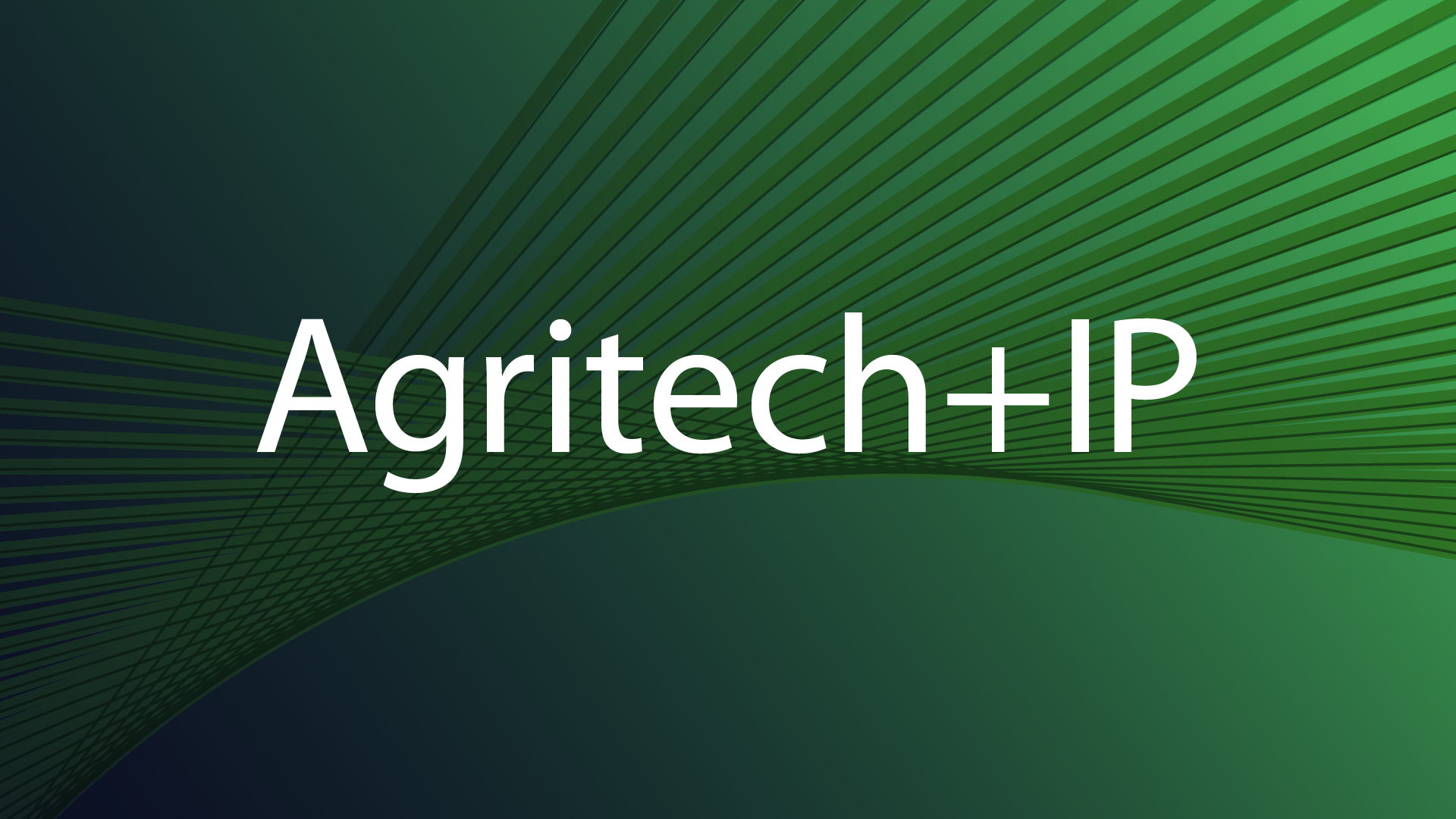Neuigkeiten
In times of crisis necessity is the mother of all invention
Juni 2020
The trouble with emergencies is they leave little time to develop normal working relationships and collaborations.
When trying to solve some of the problems arising when the demand for technology – like ventilators and PPE – is climbing at an exponential rate as we’re seeing now, companies may have part of the solution within their grasp or even already in their technological tool kit. However, it would take good fortune and a crystal ball to have all the solutions ready to hand before the issues arise.
In an emergency situation such as the emergence of the COVID-19 pandemic, the development time frame that companies would normally have to develop the technologies to mitigate the impact shortens to a matter of weeks as opposed to months and years.
In order to deliver within this strategically difficult time frame, a company may find that it is entering a market in which it has little or no background knowledge and from which it has missing technical expertise. The solution? Form a partnership or collaboration with a company or companies which have expertise and technology that can plug the gap in the background knowledge and technical expertise.
Collaborations also typically take a number of months and possibly even years to negotiate and structure. In establishing a joint-venture or other collaboration, solutions can be provided where companies come together to provide each other with knowledge in unfamiliar settings and markets and also to join together their expertise to provide a new solution.
For example, in recent times we have seen Dyson joining together with Cambridge-based TTP to invent, design and deliver ventilator technology. Dyson would have been unlikely to list ventilator technology in its area of expertise before this project. However, where Dyson has many years of expertise is in airflow management and in manufacturing products at scale and at speed, TTP engineers new technologies and products, including medical devices, and has expertise in the heavily regulated sector of medical technology. So, the collaboration makes use of the technological, manufacturing and regulatory background of each partner to produce many working, tested ventilators, quickly.
From a legal and IP perspective in particular, forming a collaboration in such a short time frame can be challenging. When companies collaborate and form agreements such as joint ventures for example, it is typically key to set out the background intellectual property of each partner and what will happen to any intellectual property created during the venture. Questions arise such as what IP each collaborator brings to the table, who owns any IP created during the collaboration, who pays the bills, and what happens with licensing and sublicensing as we take that technology forward. There is also always the question of whether or not the device created during the collaboration is free from third-party intellectual property rights.
Some of these issues are moot as the partners in question are only concerned about their areas of expertise. In the case of new ventilator technology, the airflow management specialist, Dyson, may well own the intellectual property of their existing technology they might want to put into the project. Similarly, the TTP development team may also own or have access to the intellectual property they need to include their contribution. Thus, it becomes relatively simple to define the background technology each person brings to the collaboration. Foreground provisions relating to who deals with the Intellectual property created during the venture, who owns the technology and who controls the decisions required on the route to protection would be drafted into the agreement from the outset. The companies will need to work quickly to establish this framework.
The challenge then becomes one for the intellectual property attorneys in meeting the same timeframe as is required of the partners in the collaboration to deliver the intellectual property registrations required to protect the project within the delivery timescales required.
Of course, not all collaborations are formed as a result of an emergency. Collaborations may also bring together multiple partners to develop and deliver a technology for the market. HGF client Frontier Technical is a leading member of a consortium of companies delivering the MARLIN STAR project. The project is the next phase in the development and commercialisation of an innovation that will enable coastal community access to stored and transferable energy from floating renewables. The MARLIN underwater construction system employs patent protected buoyancy and orientation control platform and brings together expertise, technology and processes from partners such as Durham University, Francis Brown Limited, the Offshore Renewable Energy Catapult and others to deliver the project.
From an Intellectual Property (IP) perspective, a consortium agreement will typically address many of the same issues as arise in simpler collaborations. Who has the existing, background IP rights and how are they to be accessed and used in delivering the project? What happens to IP rights created as the partners come together to deliver the project and, importantly, what happens to those IP rights at the end of the project as the consortium disbands? Ultimately, the agreement is there to provide a legal framework to the project as it progresses towards its aim of delivering a technology to market.
It has long been said that necessity is the mother of all invention and what we find in times of crisis and need is that collaborations are providing rapid accelerations in innovation to solve the problems of the moment. Some of those solutions will no doubt be useful for many years to come.
This article was prepared by HGF Partner Lucy Johnson. If you would like further advice on this or any other matter, please contact Lucy. Alternatively, you can contact your usual HGF representative or visit our Contact page to get in touch with your nearest HGF office.






























